Context
Throughout all of course 5 I have been posting about one lesson. I took the basic design of that lesson through a design thinking process. I deconstructed it, evaluated it, changed it, and changed it again. The end result looks nothing like what I originally started with, though the goals are the same. You can view my previous posts here for a more in-depth understanding of the journey I took with this lesson.
I enjoyed taking the time to use the design process on a lesson. I am grateful that I chose a lesson that repeats itself throughout the year so it still felt relevant to me and my students when I tested it on them. Exploring new resources and changing this lesson led me to more social interaction with editing, and I feel like it would be a great way to have students peer edit while they are learning from home. Compared to my original design, I made a lot of changes. Originally the students were uploading a link to their writing on a Google Sheet and then other students were going to use the commenting/suggesting features to give feedback. While I still feel this is a worthwhile skill for my students to have, adding the element of a hyperdoc and Flipgrid instead, made the process a lot more streamlined and social. My students enjoyed the process and we are looking forward to using it again and opening it up to more classes. All images in the blog post below are screenshots from the HyperDoc lesson I created. Icons from SlidesGo and Freepik. My unit plan and video for the project can be found at the bottom of this blog post. Use of Technology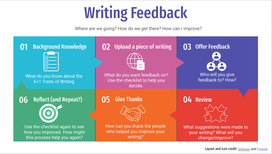 Link to the HyperDoc Link to the HyperDoc
At the beginning of my journey, I planned to use Google sheets to collect links to student written pieces of work. Students would then use the commenting feature in Google Docs to give each other suggestions and feedback. I was looking into extensions that could also provide voice feedback for a variety of student needs.
After a few of the design steps I used the Triple E Framework to evaluate a variety of tools, and Flipgrid actually came out with a higher score. I started thinking about how I could use this as a tool for feedback on writing, which is how I came up with the final version of my lesson. I also created a one-stop shop hyperdoc of slides for teachers/students to work through as they progress through these editing stages. I find this would be a particularly useful and social way to peer edit if students are learning from home. Doing this at school seemed a little redundant since the students could just talk to each other, but if they were learning from home I think it could be useful. It could also be a useful way for them to edit work of students in different classes and/or grade levels. Active Learning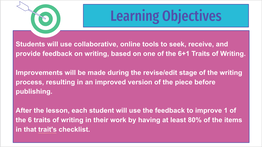 Link to HyperDoc Link to HyperDoc
In the beginning, students are asked to create something that shows their understanding of one of the 6+1 traits of writing. They can choose which trait they are interested in, and they can choose how to express their understanding (video, poster, etc).
After that understanding is there, they are in control of their editing process. They choose which trait of writing they would like feedback on, they choose which piece of writing they want feedback on, and they choose whose writing they will read and offer feedback on. This whole process is student-centered and after they have gone through the cycle a couple of times, I envision this being student-driven as well. Of course, once feedback is given to them, they also choose whether or not they will actually make those changes. In the end, it is still their own piece of writing. Classroom Management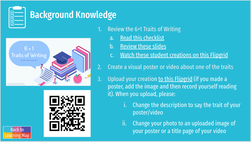 Link to HyperDoc Link to HyperDoc
When I took my students through the process for the first time, we did it one step at a time. One chunk of the process was completed in one morning. I did not want to overwhelm the students, nor did I want to confuse them by going too fast. I think this pace was good for them, and once we got more near the end they naturally started to do two of the steps in one morning.
Other 6+1 Traits of Writing resources were available to them every step of the way. This included slide shows, check lists, posters around the room, as well as reflections and reminders about previous lessons completed about each of the traits. ISTE Standards for Students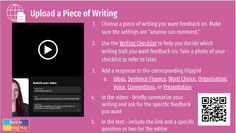 Link to HyperDoc Link to HyperDoc
1C - Students use technology to seek feedback that informs and improves their practice and to demonstrate their learning in a variety of ways..
6D - Students publish or present content that customizes the message and medium for their intended audiences. Authentic Assessment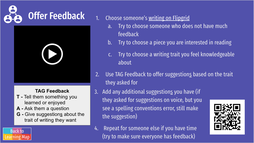 Link to HyperDoc Link to HyperDoc
Using the 6+1 Traits of Writing checklist was authentic for the students. I was reinforcing that in the real world someone would not usually publish something without taking it to an editor first. And before sending it to your editor you need to make sure it is the best you can make it. Using the checklist helped them see where they think their personal strengths are, and where they think they might need some specific feedback on. Once they received this feedback, they used the checklist again to see how much growth those improvements helped them make. The hope is that in the future, they become more innately aware of these steps and continue to embed more of the checklist items in their first drafts, naturally.
Copyright
Visual Literacy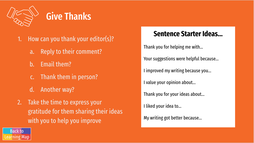 Link to HyperDoc Link to HyperDoc
I used design principles when creating my presentation. My students have also had a communication unit where the design principles of CARP (Contrast, Alignment, Repetition, and Proximity) have been a focal point for them. This should be evident in the posters/videos they create in step one of this lesson progression. Audience and purpose is always revisited.
The Future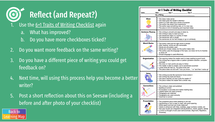 Link to HyperDoc Link to HyperDoc
Of course, no one can ever use this process for every lesson they ever teach. It takes too much time and is not realistic. However, I did find that elements of it could be useful to practice more often. I found that using the Triple E Framework to evaluate the tech tools was probably the biggest game-changer for me. It was at this point that I decided to take the risk and completely change the tools involved in the lesson.
Unit Plan/ResourcesVideo
Coming Soon
12 Comments
Context
In one of my classes for my Master of Arts in Learning, Design, and Technology (MALDT), I am taking 16 weeks to design (and redesign, and change, and tweak) one lesson really well. We are working through a design cycle as we create this lesson. This is a reflection of my second fourth and fifth steps - Prototype and Test. You can follow more of my MALDT Progress here.
Prototype
My idea changed a lot since the beginning. I had created small amounts throughout the design cycle, like the roadmap, which had given me the idea of making a HyperDoc in Slides to guide learners through the process. I continued down that path and completed the prototype of a working set of slides for learners to progress through.
Screenshots from my prototype can be seen here. Or you can view the working links and videos here.
Test
My students were very vocal and open about the design of my slide (contrast, proximity of some icons, etc) which actually made me proud to see. They struggled a little bit with being confident enough to talk about their posters in a short video, but I think this is because we made the posters a few weeks ago. If it was an immediate activity done after they completed their poster, I think it would have gone a little more smoothly.
Unfortunately, I did not have time to finish the cycle before this weekend, but on Monday I will be completing the review and give thanks steps… and speaking to the “repeat” option.
Moving Forward
Above all, I think these changes will create more clarity for my learners. Things will be more organised. This includes Flipgrid having labels/descriptions that are easily accessible as well as the assessment portion having a clear before/after aspect to clearly show growth. I have been a fairly connected learner/teacher for a few years now, but have really tried to push myself more since January. Below are a few examples of how I tried to continue conversations and connect even more with educators online. Twitter ChatsBesides #PubPDAsia and #PubPDEurope, I had never participated in a traditional Twitter chat before. In February, the stars aligned and there was a #PYPchat about technology hosted by one of my future colleagues. I was on holiday at the time, and decided to hop on board for the first time. I enjoyed the thoughtful questions and dialogue that happened in this hour. Below are the links to the Wakelet record of the whole chat (or to the beginning of the conversation for the last one), as well as some screenshots. February 10, 2021 - #PYPchat - Technology Learning February 24, 2021 - #PYPchat - Transdisciplinary Collaboration March 26, 2021 - #whatisschool - Edtech Tools to Spice Up Your Classroom Connecting with COETAIL-ersEarlier in the program I started a Twitter message group for our online 12 cohort. This has been a great place for us to connect with each other, particularly during course 5. We have encouraged each other, shared our posts, and even had a Google Meet with a few of us who could make it! We talked through our final projects, shared ideas, and kept each other accountable and on track. Connecting With my MALDT CohortAs mentioned in my previous Course 5 blogs, I also started working on my Masters Degree in January (Master of Arts in Learning, Design, and Technology). Because of this, I am connecting with a whole new group of educators, mainly in the USA but a few others are abroad as well. We have used multiple platforms to stay connected and learn from each other, such as discussion boards on BlackBoard, FlipGrid, Twitter, and Facebook. Connecting With Future ColleaguesI am moving to a school in South Korea in July, and I think this is the first time before a move where I have connected with SO many new colleagues. In the past, I have connected with maybe one or two who either I knew or was "buddied up" with by the school. But this time, because of my online connections, the ease of talking to these educators online has been great. I really feel like it will make my transition a lot smoother, and hopefully will be able to move into the coaching role with them easier. I have used Twitter, e-mail, and Facebook to connect with educators at my new school. Sharing More Resources (to Further the Conversation)Even with my Masters and COETAIL happening, I wanted to continue to share resources to educators who might find them valuable. I shared some "assessment as learning" examples with Yuni Santosa for her webinar about assessment with Toddle, I shared some templates for March Mammal Madness that educators might like to use and got many many hits and downloads after the creators quoted my tweet, and in January I had a guest blog post published on innovatemyschool.com. ReflectionTaking these extra steps to connect with my PLN has helped me grow as an educator. It has widened my PLN to educators I would not normally converse with, which broadens the scope of my Twitter feed and the ideas which are run past me. I also feel like I know my fellow COETAIL-ers better. Doing some sort of virtual chat (or FlipGrid) throughout the course might be a nice addition to the program.
|
Cindy KaardalThis blog page is specifically for my COETAIL blog posts. Archives
April 2021
Categories
All
|
Proudly powered by Weebly

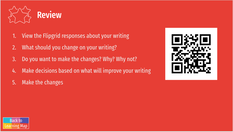
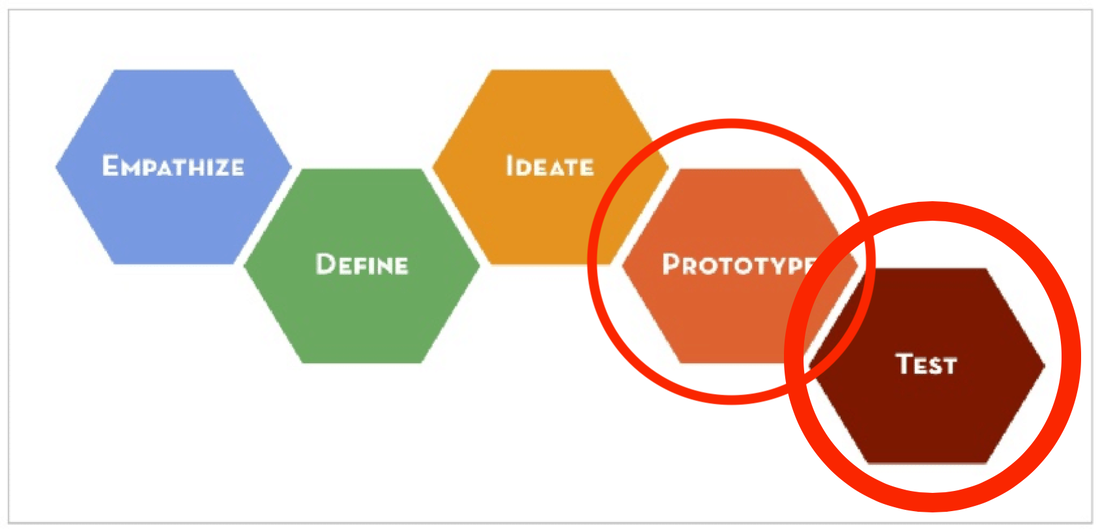

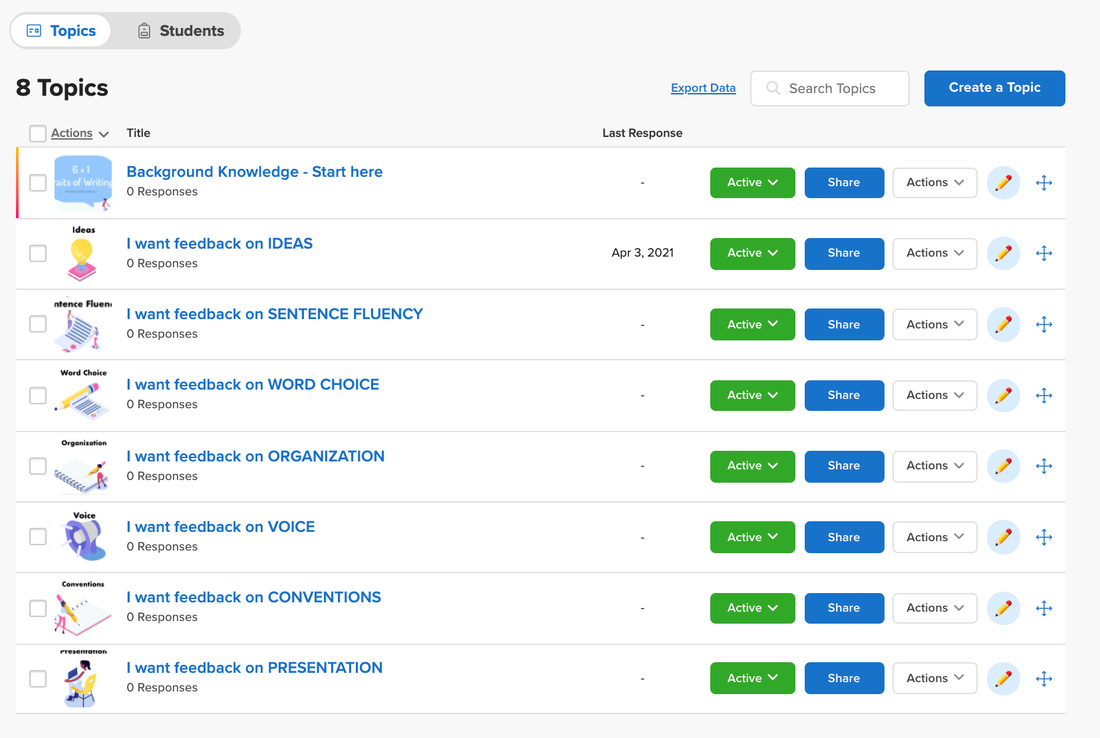
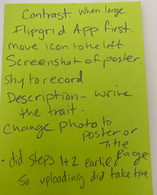
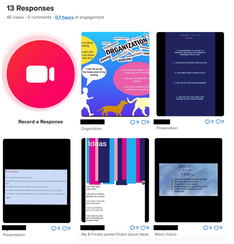
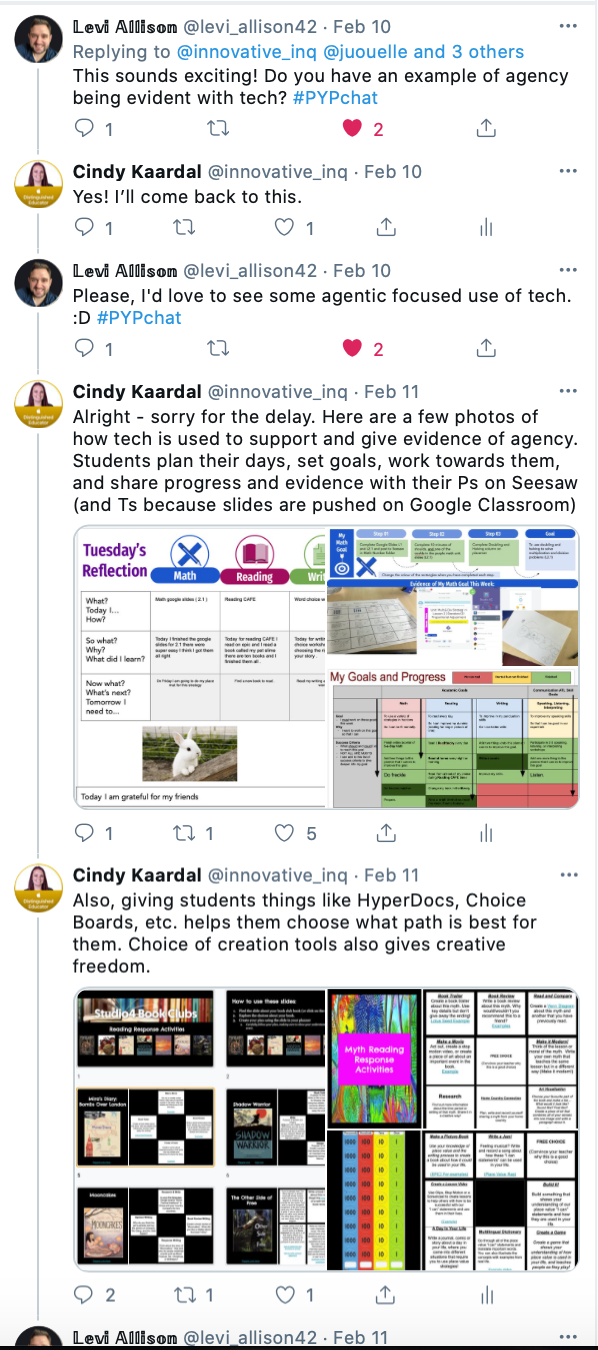
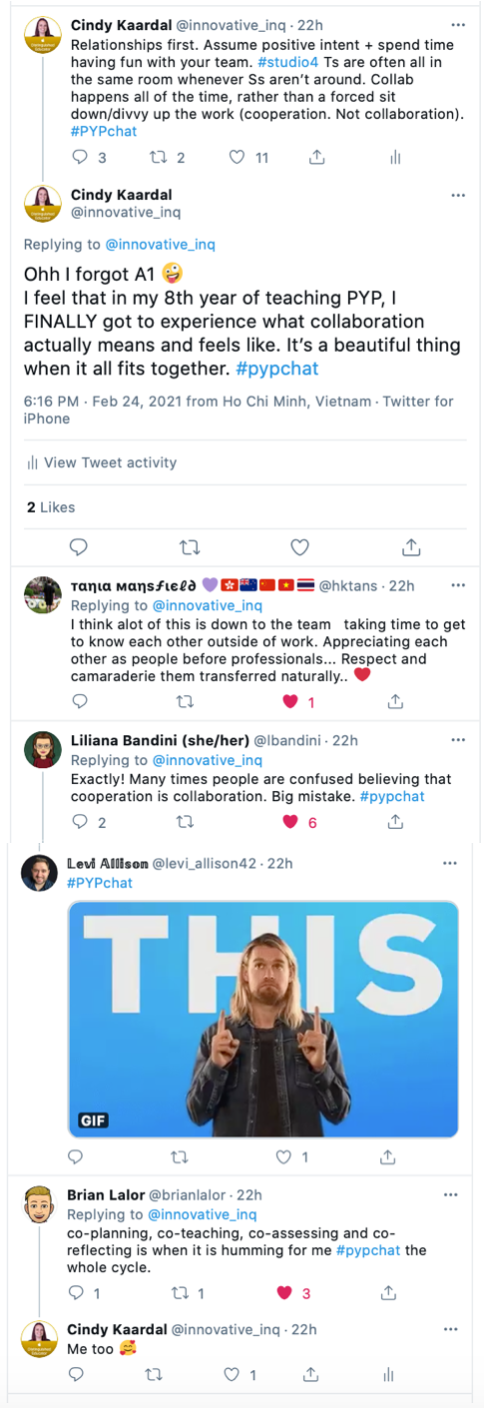
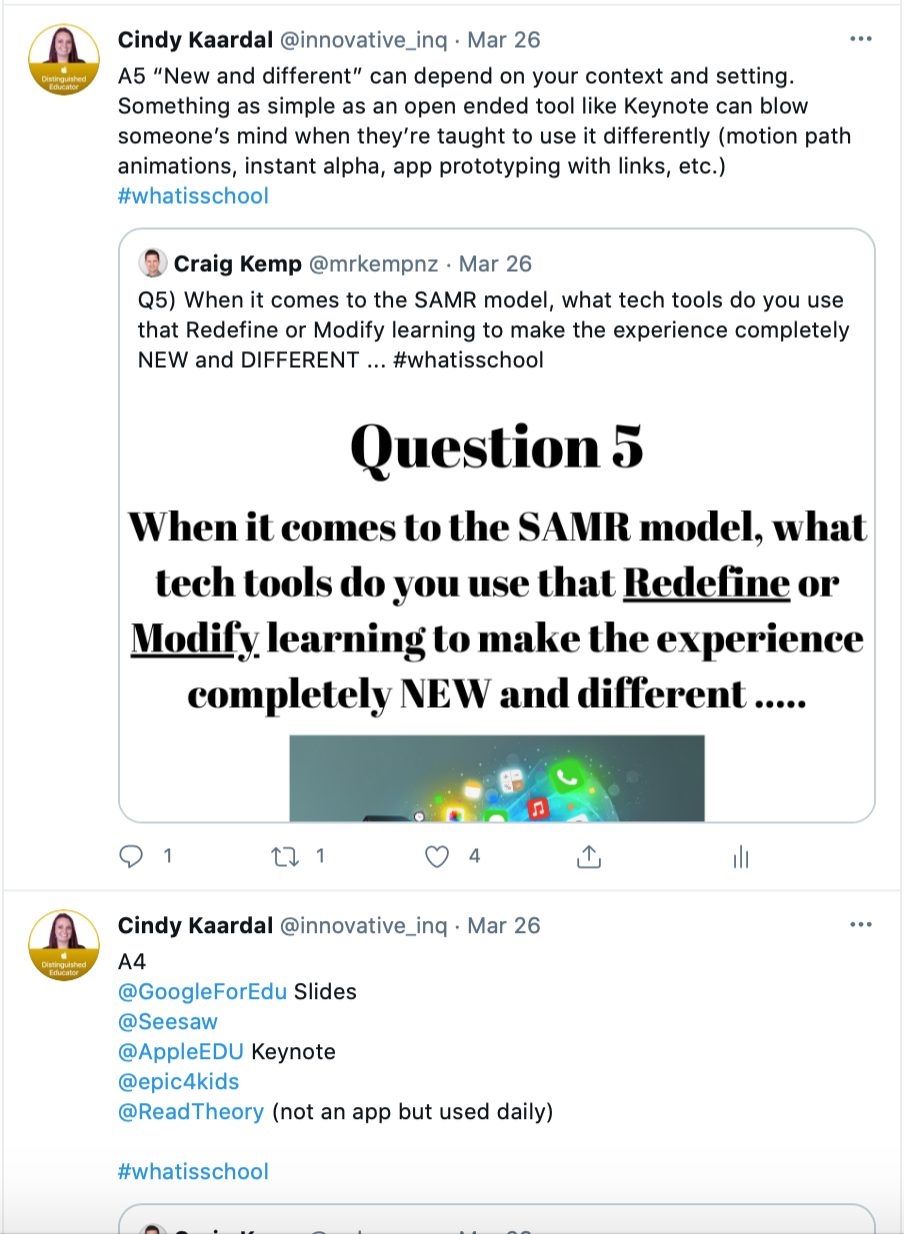
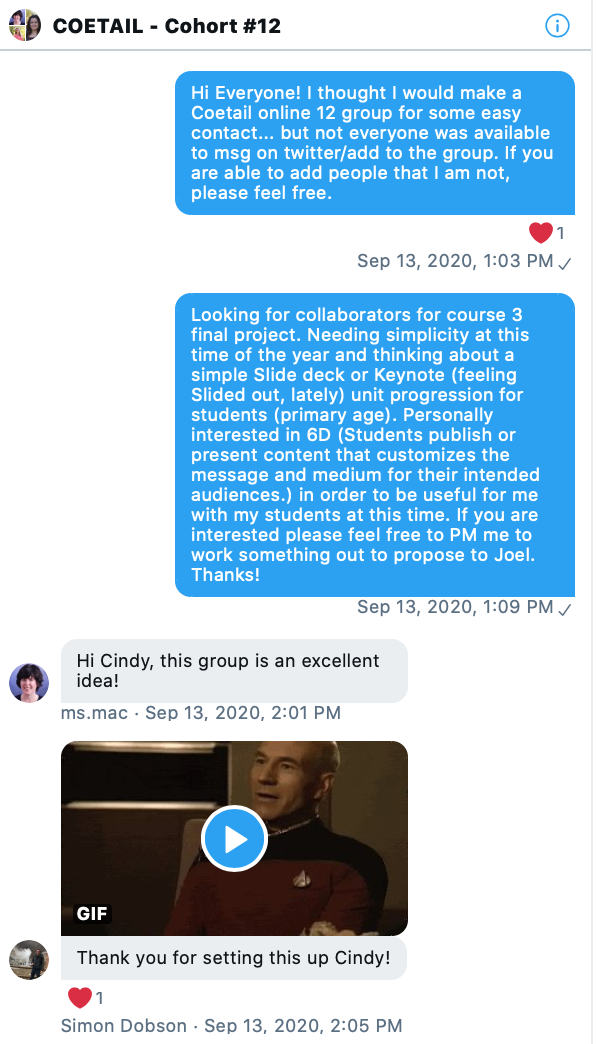
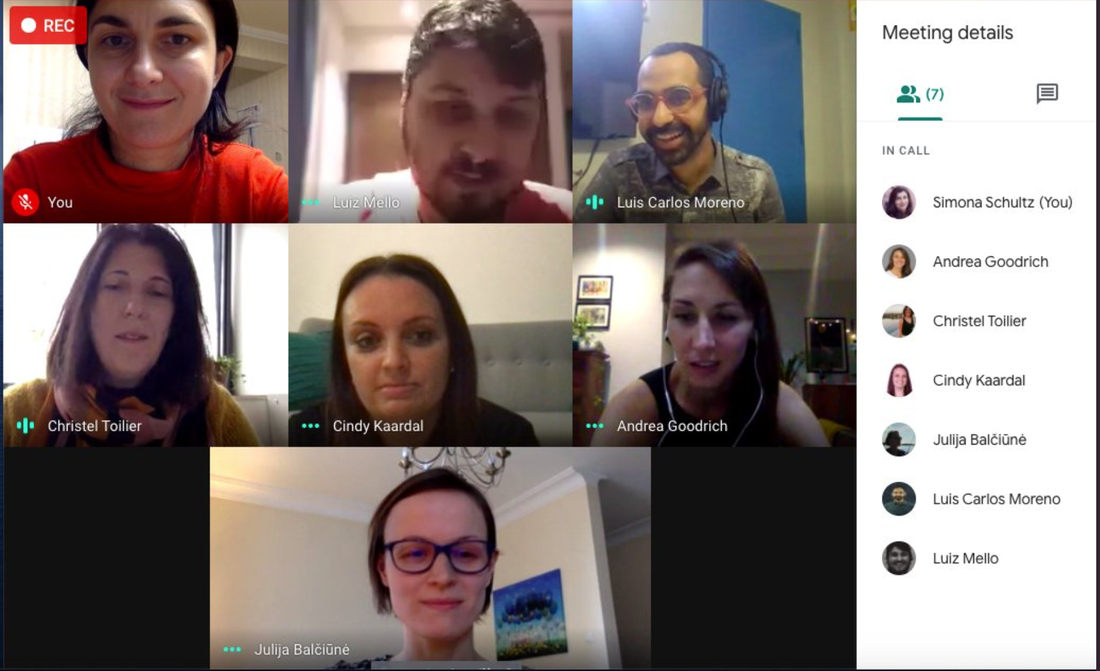
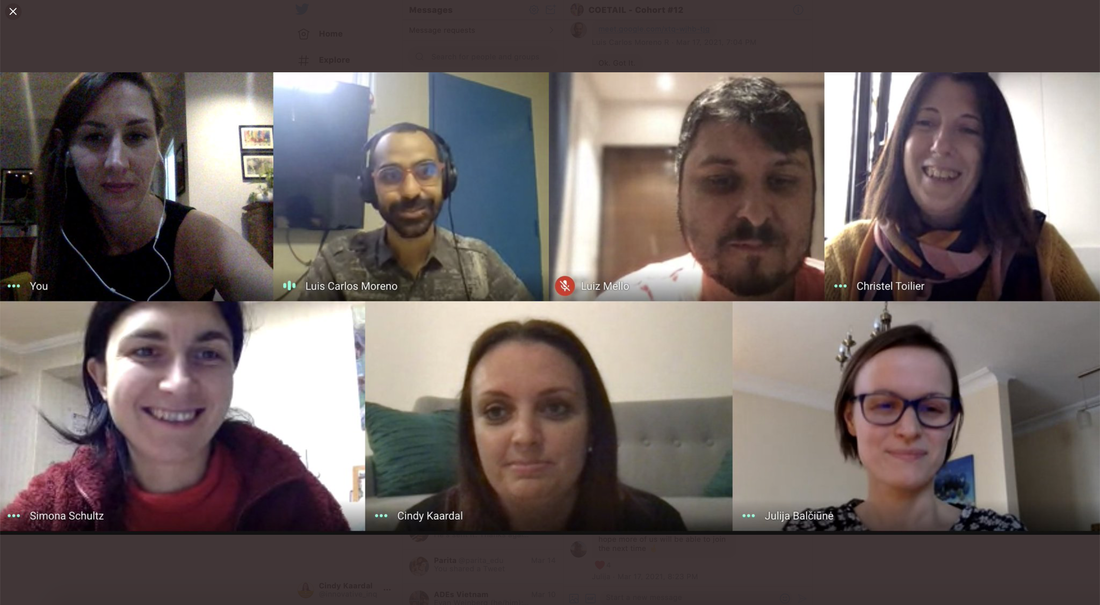
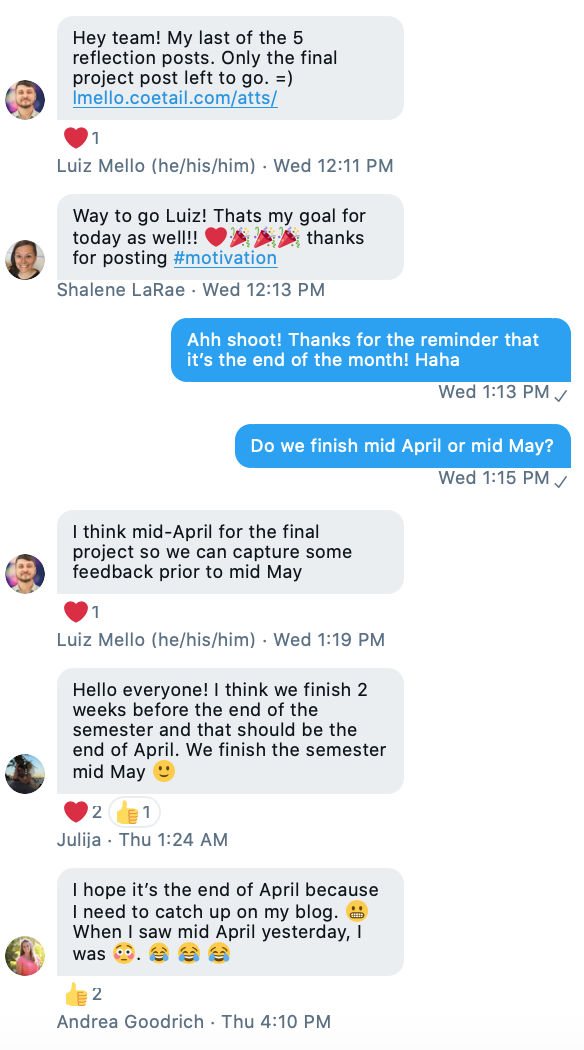
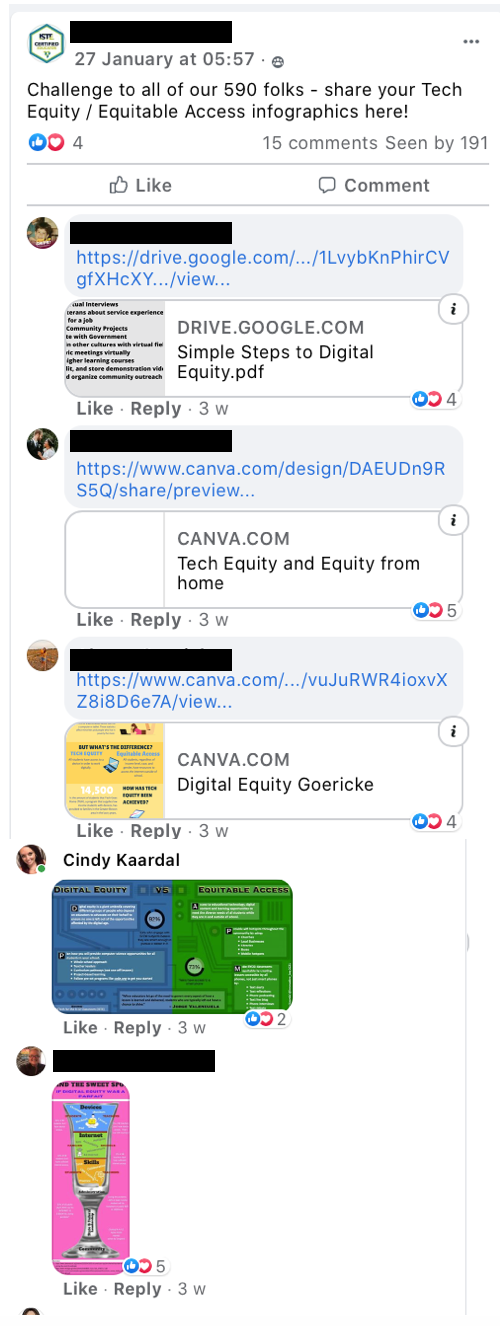
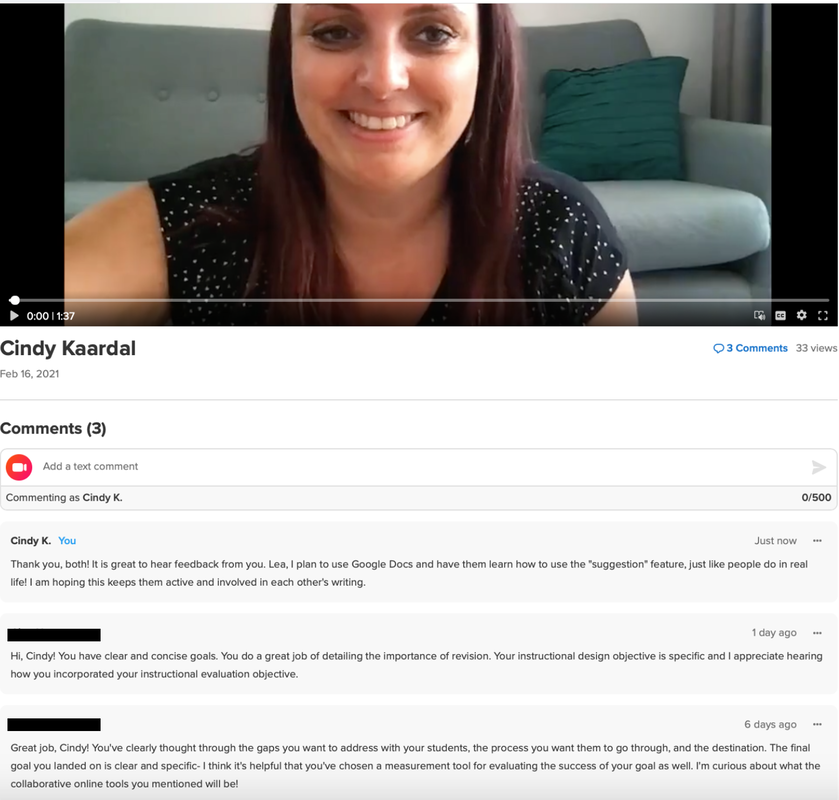
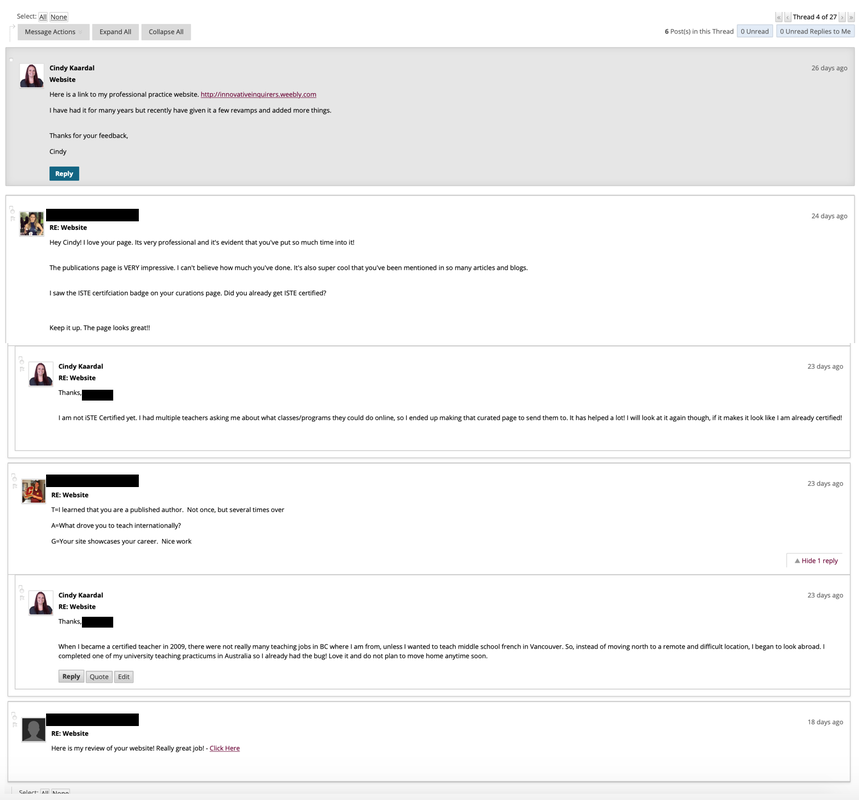
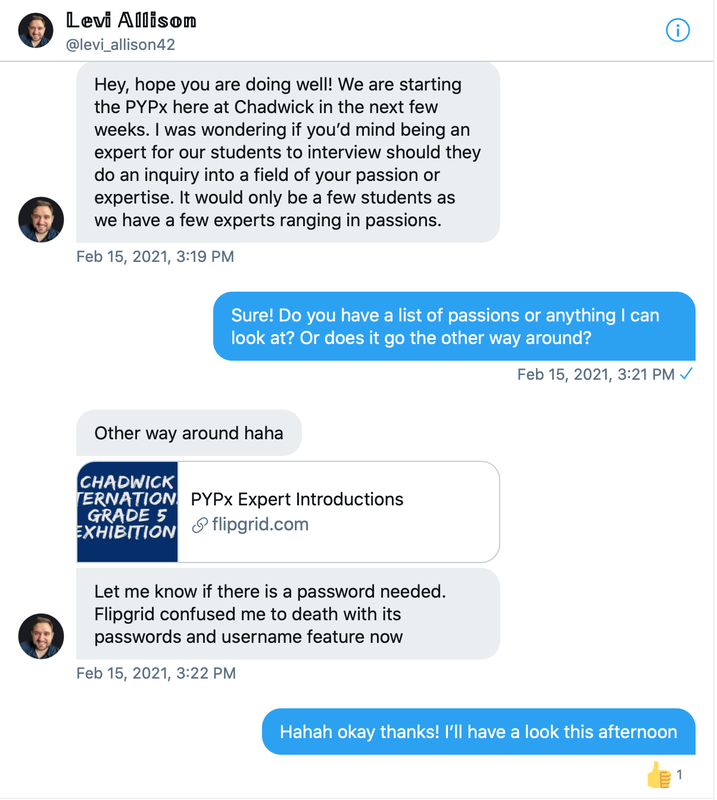
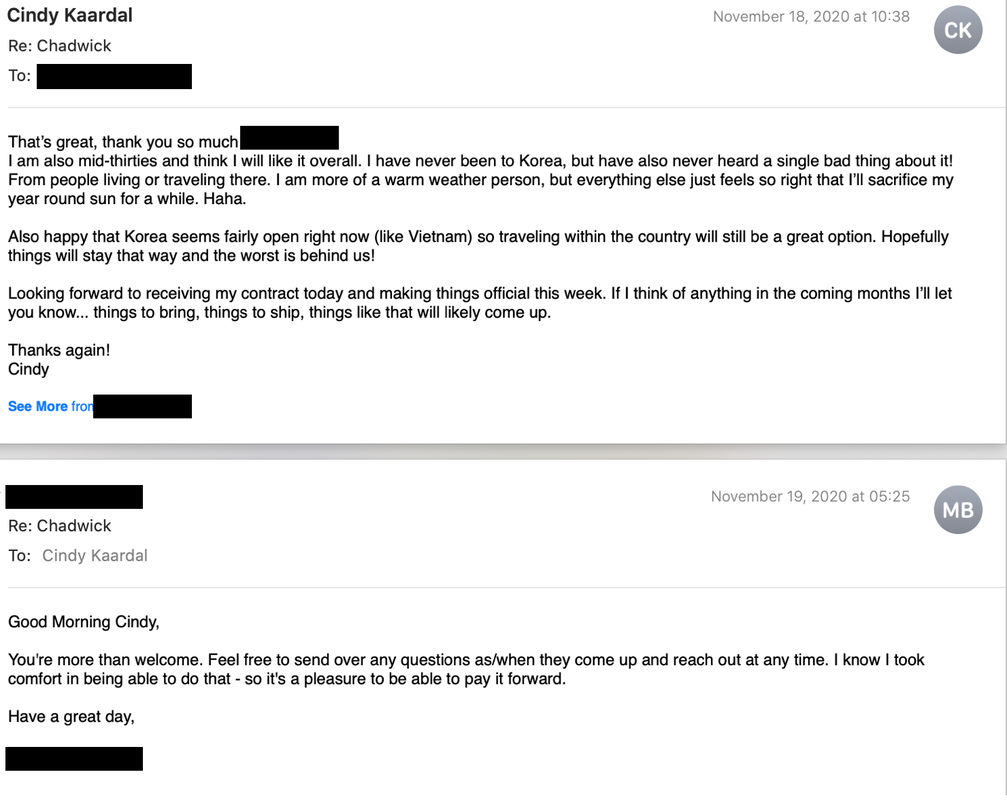
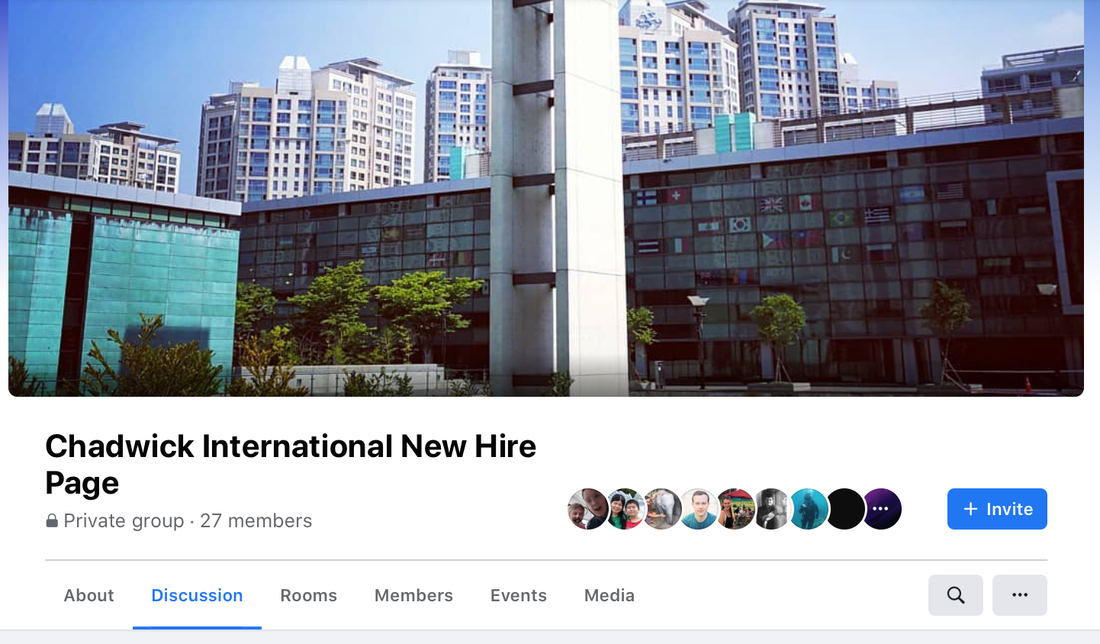
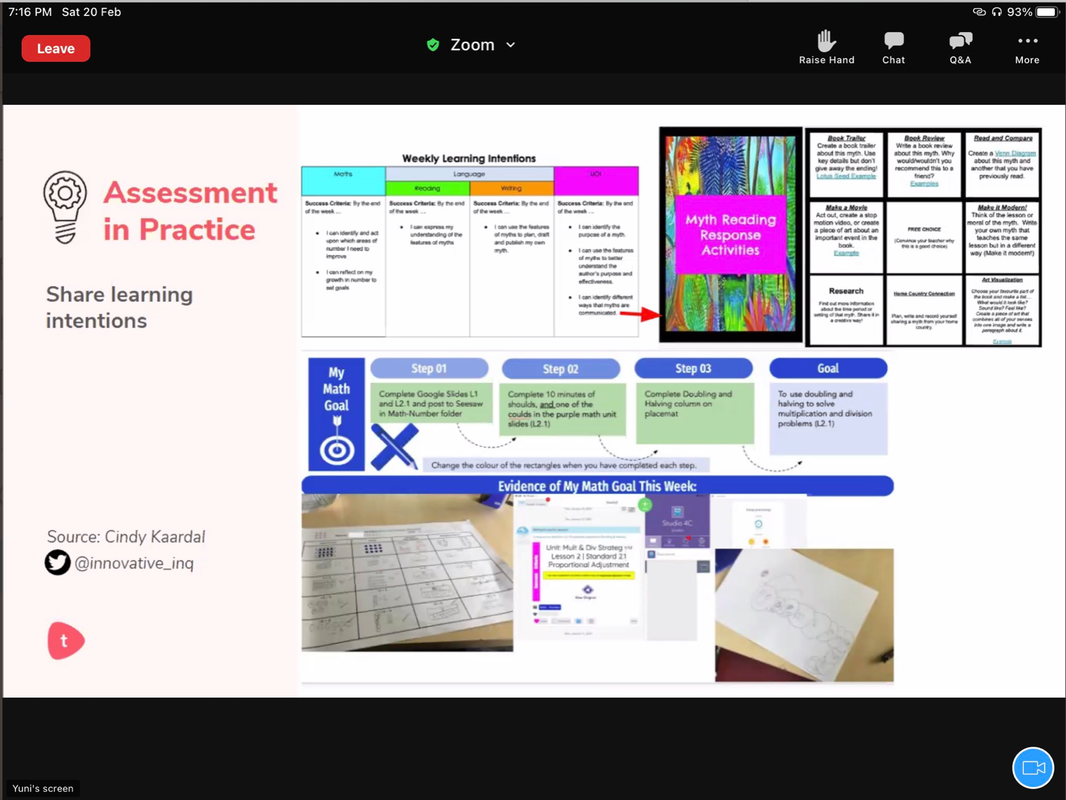
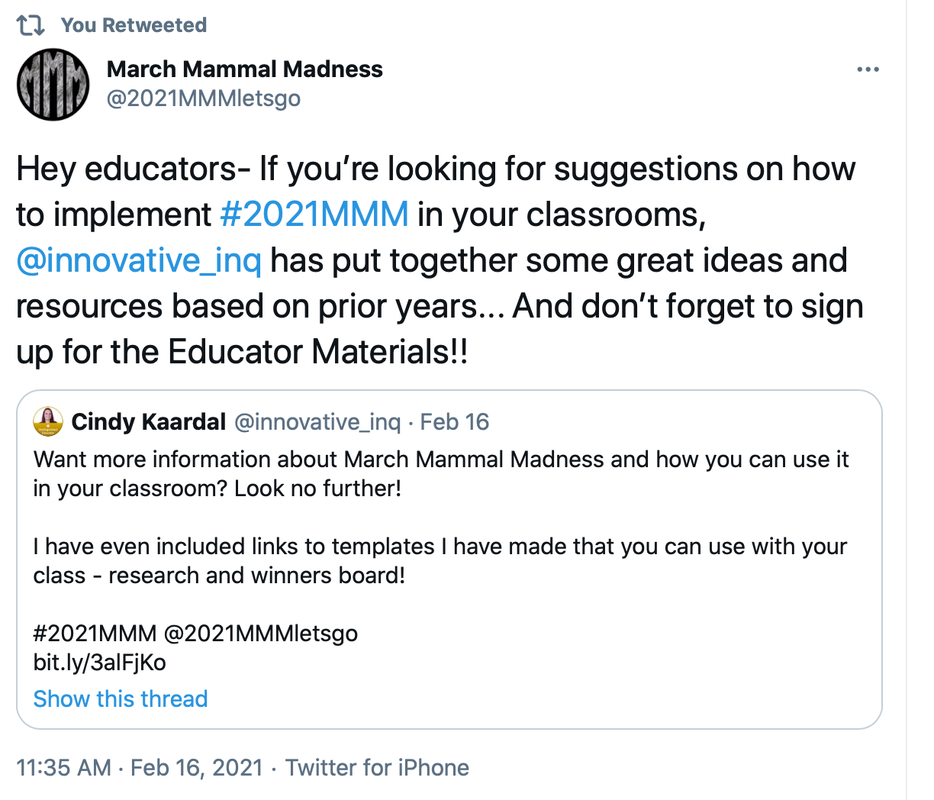
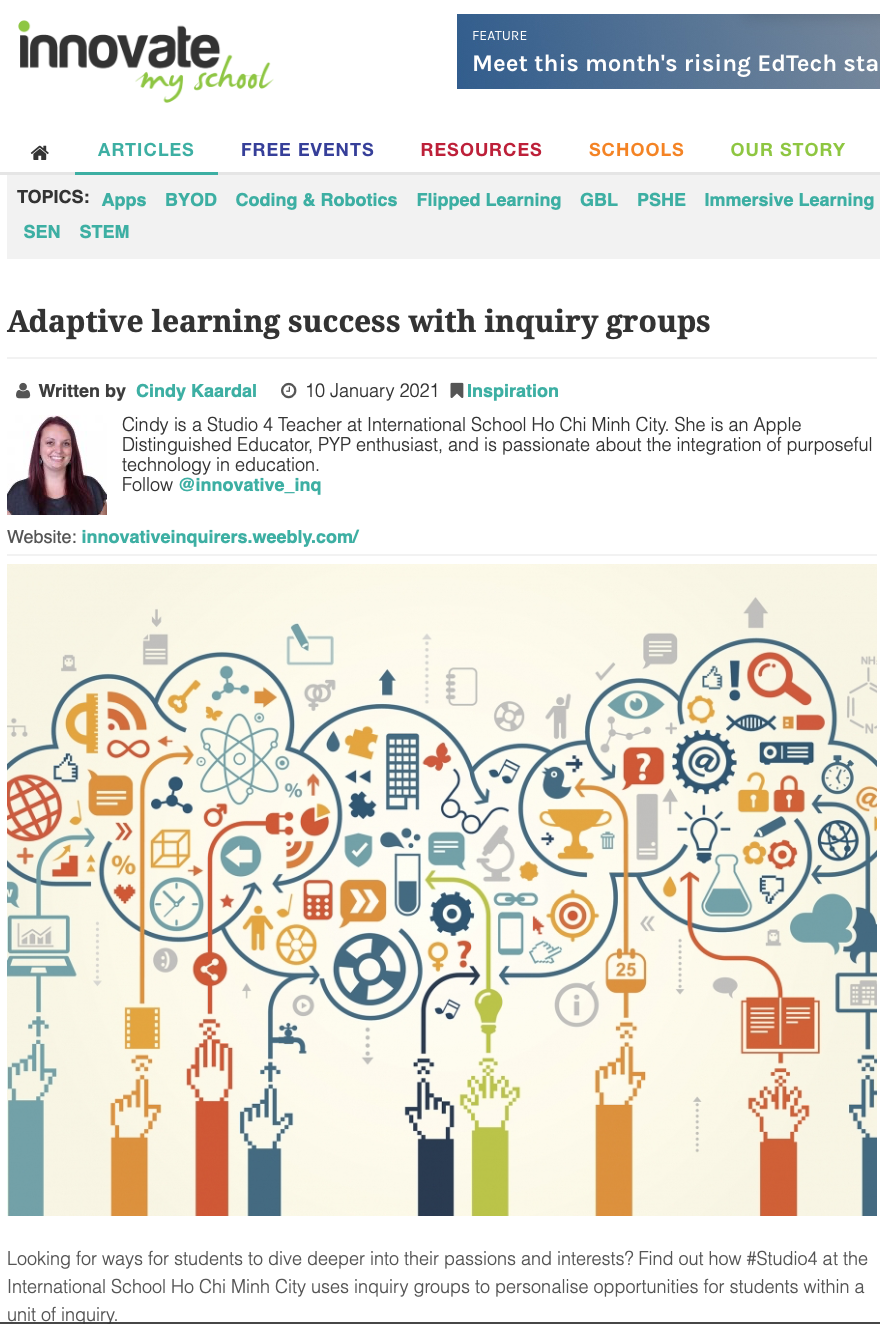
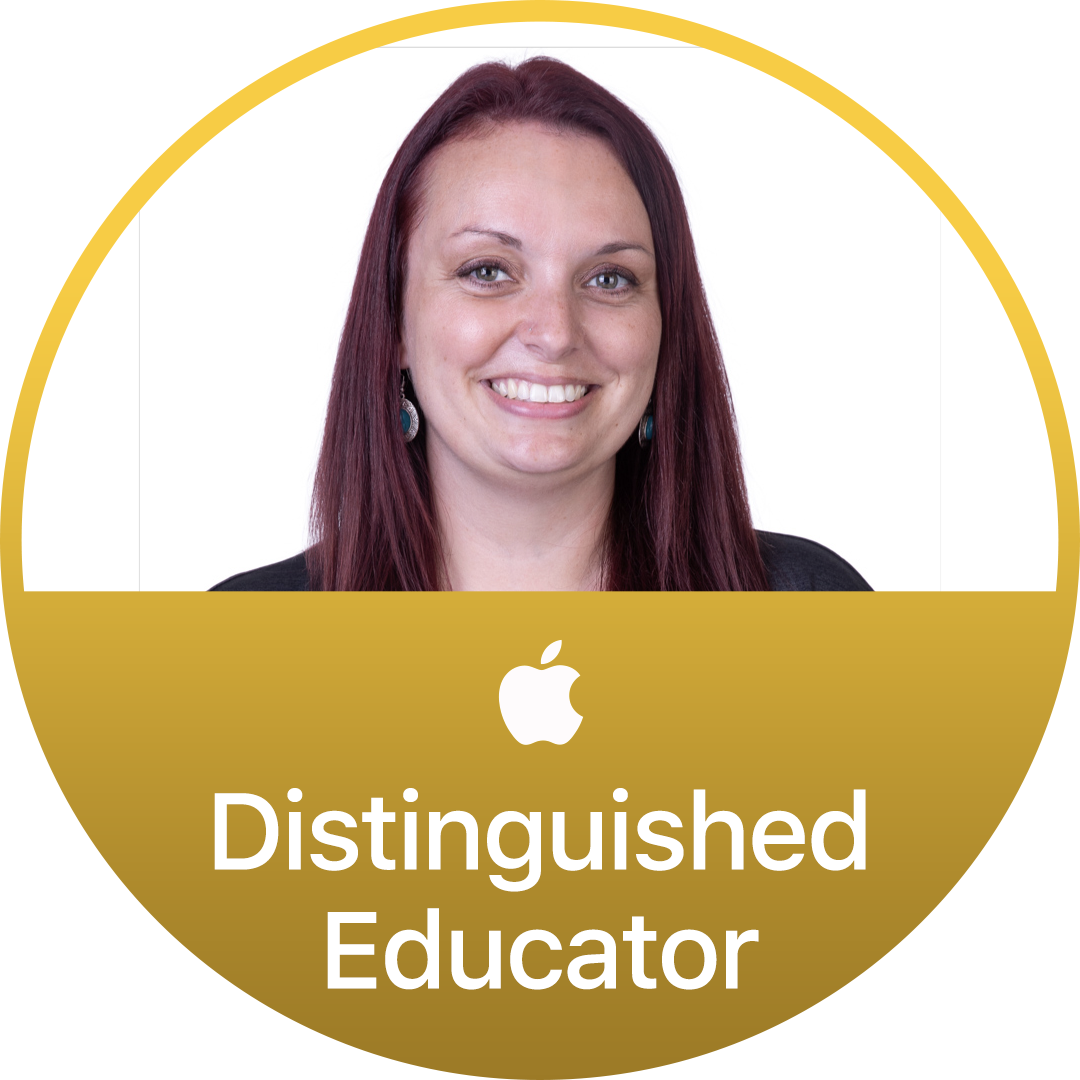
 RSS Feed
RSS Feed